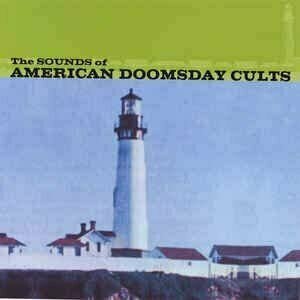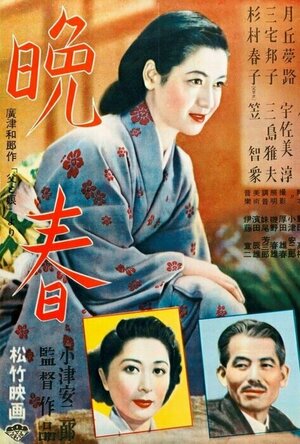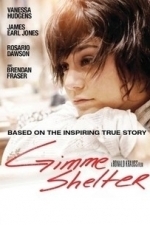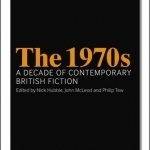
The 1970s: A Decade of Contemporary British Fiction
John McLeod, Nick Hubble and Philip Tew
Book
How did social, cultural and political events in Britain during the 1970s shape Contemporary British...
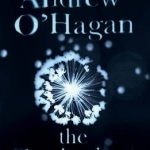
The Illuminations
Book
As heard on BBC Radio 4 - the acclaimed new novel from Man Booker Prize-nominated author Andrew...

The Summer Visitors
Book
'One of the smartest writers of popular fiction around.' Irish Independent Summer has arrived in...
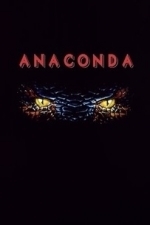
Anaconda (1997)
Movie Watch
Anaconda is an action-packed thriller starring JENNIFER LOPEZ (The Wedding Planner), rap superstar...
Genesis P-Orridge recommended The Sounds of American Doomsday Cults by Church Universal and Triumphant, Inc, in Music (curated)
Actors, Institutions and the Making of EU Gender Equality Programs: 2017
Book
This book is an actor-centred sociological study of the EU-level processes that produce gender...
Queer Cinema in the World
Karl Schoonover and Rosalind Galt
Book
Proposing a radical vision of cinema's queer globalism, Karl Schoonover and Rosalind Galt explore...
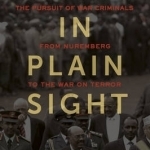
Hiding in Plain Sight: The Pursuit of War Criminals from Nuremberg to the War on Terror
Eric Stover, Victor A. Peskin and Alexa Koenig
Book
Hiding in Plain Sight tells the story of the global effort to apprehend the world's most wanted...
